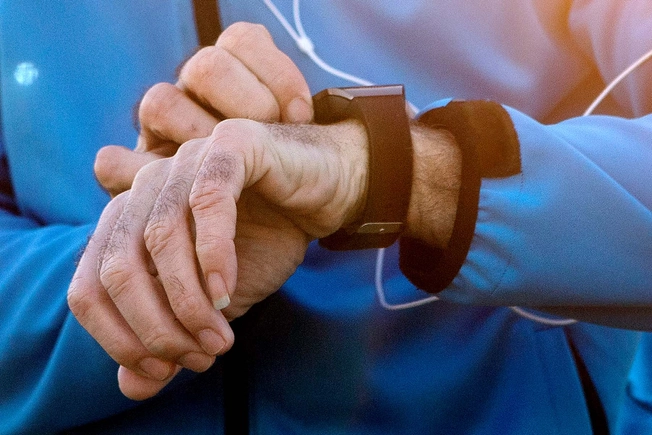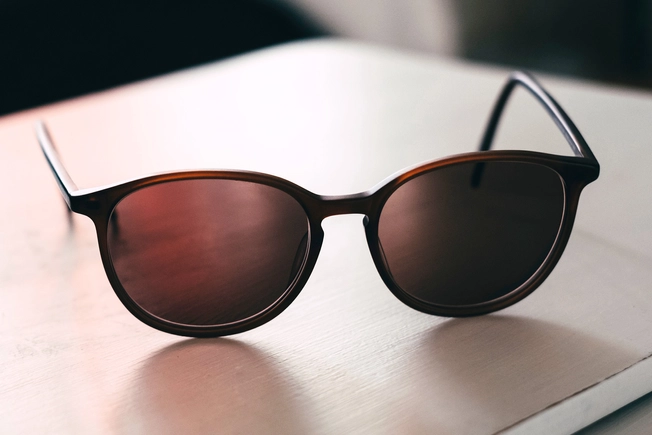- Age-Related Macular Degeneration (AMD)
- Wet Age-Related Macular Degeneration
- Geographic Atrophy
- Appointment Prep
- View Full Guide
Tips to Help Improve Your Vision With Geographic Atrophy


Choose Warm, Soft Lighting
High-quality lighting can help you see better. Look for LED lights with “warm” or “soft” on the label. This means the color has yellow tones instead of blue, which you find in “cool,” “daylight,” or “natural” lights. Yellow tones are easier on your eyes and create more contrast in objects you look at. This is helpful when you have trouble seeing color differences, which is common with GA.

Choose Warm, Soft Lighting
High-quality lighting can help you see better. Look for LED lights with “warm” or “soft” on the label. This means the color has yellow tones instead of blue, which you find in “cool,” “daylight,” or “natural” lights. Yellow tones are easier on your eyes and create more contrast in objects you look at. This is helpful when you have trouble seeing color differences, which is common with GA.

Embrace Large Print
Books and newspapers aren’t the only things available in large print. You can also find it on items like large-print dice, playing cards, and keyboards. Instead of trying to decipher 10- or 12-point type, visit your public library for large-print reading materials like books, magazines, newspapers, and religious materials. Look online for large-print calendars, games, puzzles, and more.

Stock Up on Magnifiers
You can find magnifiers for just about everything, from hand-held ones you hold over a book to illuminated stand magnifiers. Look for ones specially made for low vision. These optical devices are better than a simple magnifying glass because they come with higher magnification power and prescription strengths. They also use high-quality optics that bend light differently to help you see better.

Try an Electronic Magnifying System
Some specialty magnifiers come with a camera system that projects a larger printed image on a screen or monitor. You can use an electronic magnifying system to read books and magazines or leaf through your mail. They come in a variety of sizes and types. A hand-held, portable electronic magnifier can be helpful to use on the go, whether you’re reading a menu at a restaurant or labels at a supermarket.

Learn to Use Your Peripheral Vision
While GA affects your central vision, your peripheral vision may still be sharp. You can train yourself to use this vision more often. For example, when you look at a clock, instead of looking straight on, look slightly to the side of it. This is a technique called eccentric viewing, or preferred retinal loci (PRL). With time and practice, looking through the sweet spot in your peripheral vision can help you see things better.

Try a Variety of Adaptive Aids
Adaptive daily living equipment can make it easier to do everyday tasks. You can find a wide variety of low vision aids online and in specialty stores, such as:
- Clocks and watches with large numbers
- Cutting boards in black and white
- Glare-control sunglasses
- Low-vision calendars
- Reading stands
- Supplemental lighting
- Tactile locator dots to help you feel what you’re looking for
- Telescopic glasses

Use Specialty Glasses
Spruce up your eyewear collection with specialty glasses, sunglasses, and telescopes to help with low vision. They have extras like glare reduction filters, clarity and contrast filters, and UV protection. Use them to see better when you’re at the gym, driving, or doing everyday tasks. GA-friendly glasses include:
- Bioptic telescopes
- E-Scoop glasses
- Low vision microscopes
- Low vision sunglasses
- Telescope low vision aids
- Telescope glasses

Switch to Audio
Let your ears take the burden off your eyes. Many things you do with your eyes can be swapped with audio-based tools. For example, instead of writing your shopping list, record it on a voice recorder and play it back when you shop. Listen to audiobooks. Pick up a talking watch, clock, thermometer, or blood pressure monitor. Instead of scrolling through your iPhone, use Siri to do what you need through voice commands.

Try Vision Rehabilitation
A low vision specialist who’s trained in vision conditions like GA can help you discover new ways to see better. You may learn strategies to use your current vision more effectively. You may do exercises to build your vision skills. You may learn how to use adaptive aids for managing your daily activities. To find a specialist, ask your doctor for recommendations.